US Conference Board Consumer Confidence fell from 104.0 to 101.3 in April, below expectation of 104.1. Present Situation Index rose from1 48.9 to 151.1. Expectations Index dropped from 74.0 to 68.1. The Expectations Index has now remained below 80—the level associated with a recession within the next year—every month since February 2022, with the exception of a brief uptick in December 2022.
“While consumers’ relatively favorable assessment of the current business environment improved somewhat in April, their expectations fell and remain below the level which often signals a recession looming in the short-term,” said Ataman Ozyildirim, Senior Director, Economics at The Conference Board.
“Consumers became more pessimistic about the outlook for both business conditions and labor markets. Compared to last month, fewer households expect business conditions to improve and more expect worsening of conditions in the next six months. They also expect fewer jobs to be available over the short term. April’s decline in consumer confidence reflects particular deterioration in expectations for consumers under 55 years of age and for households earning $50,000 and over.”
“Meanwhile, April’s results show consumer inflation expectations over the next 12 months remain essentially unchanged from March at 6.2 percent—although that level is down substantially from the peak of 7.9 percent reached last year, it is still elevated. Overall purchasing plans for homes, autos, appliances, and vacations all pulled back in April, a signal that consumers may be economizing amid growing pessimism.”

Full US consumer confidence release here.
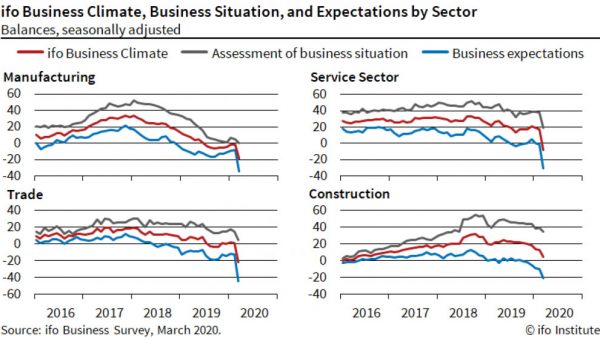 Ifo economist Klaus Wohlrabe said the economy could contract by between -5% and -20% this year depending on the length of the shutdown caused by the pandemic. He expected there to be a severe recession that would last for at least two quarters.
Ifo economist Klaus Wohlrabe said the economy could contract by between -5% and -20% this year depending on the length of the shutdown caused by the pandemic. He expected there to be a severe recession that would last for at least two quarters.



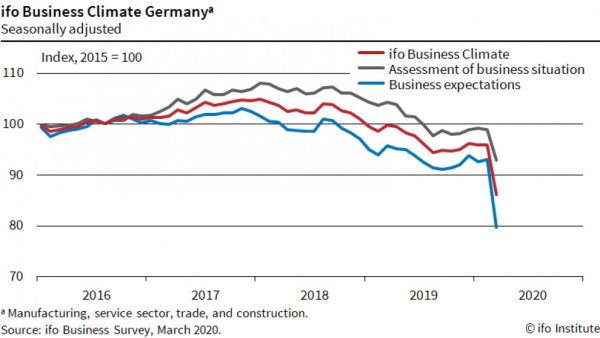
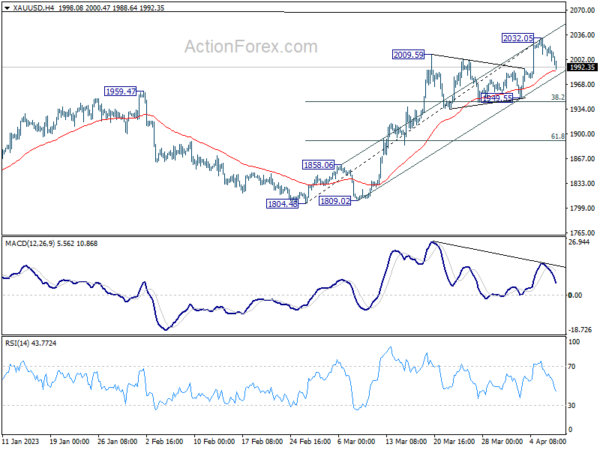
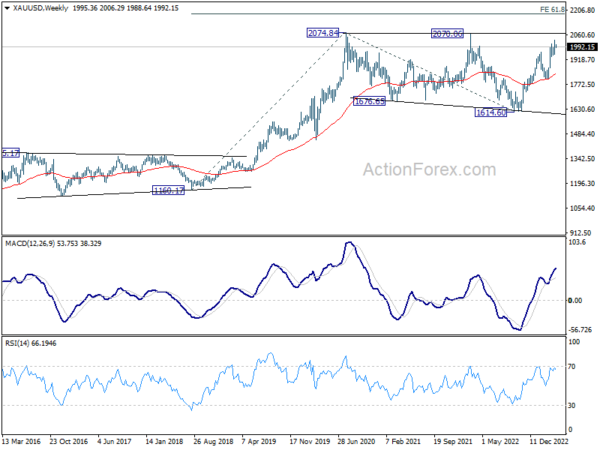
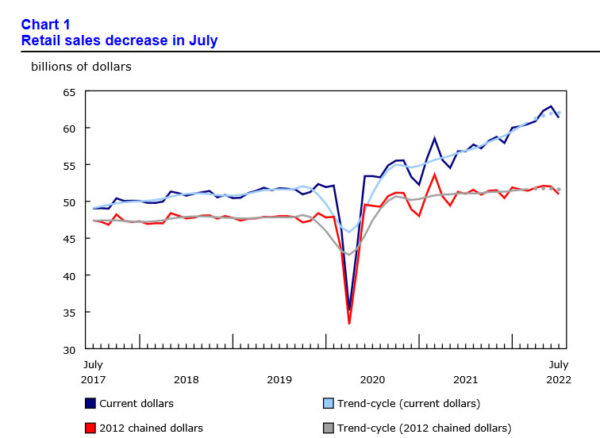

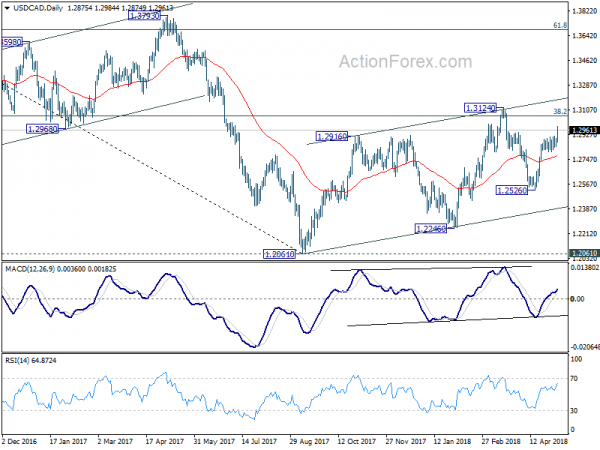
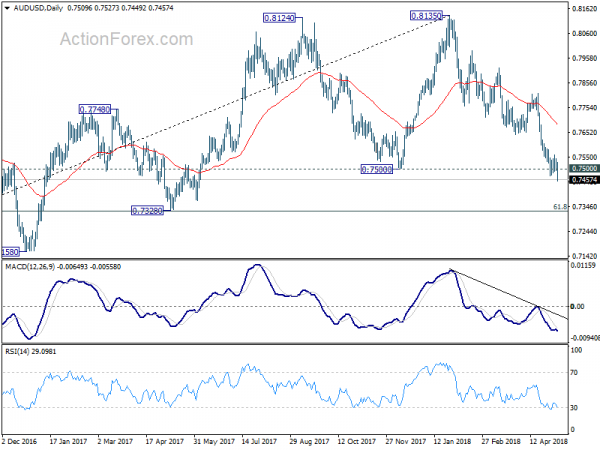
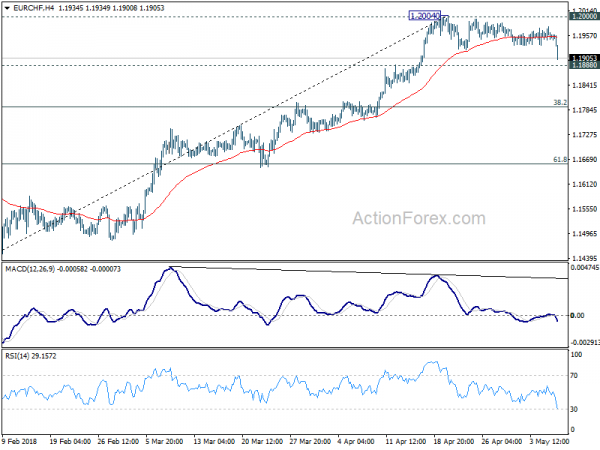
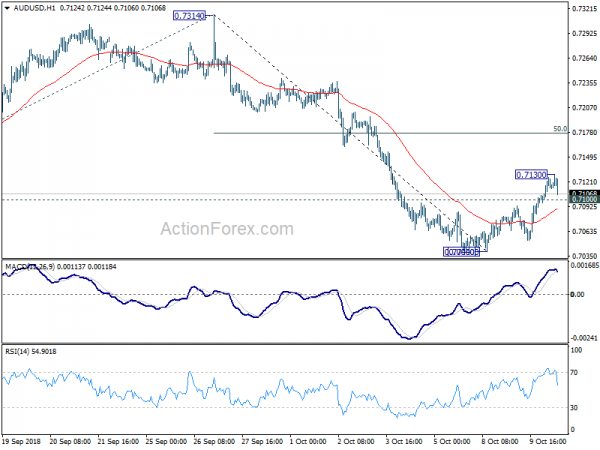
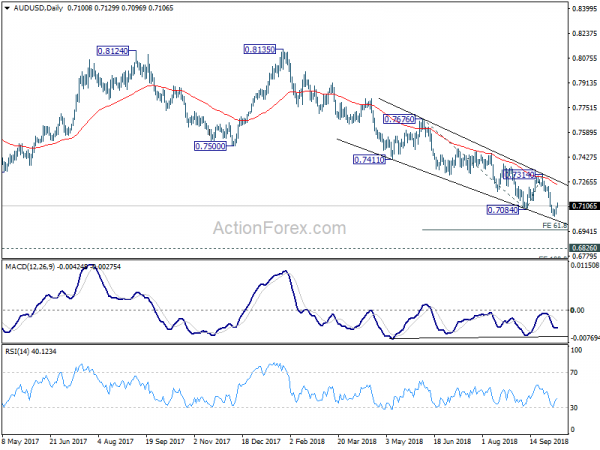
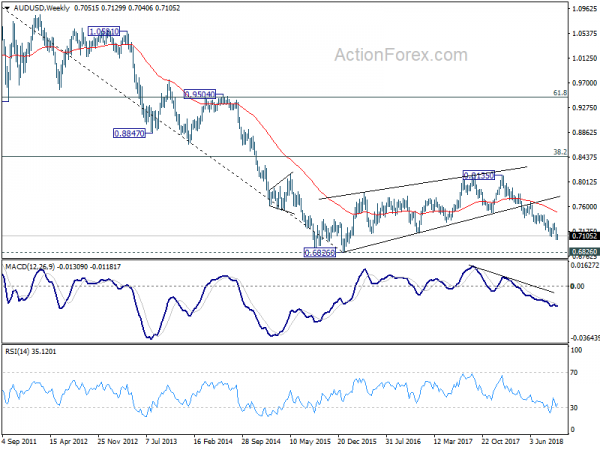
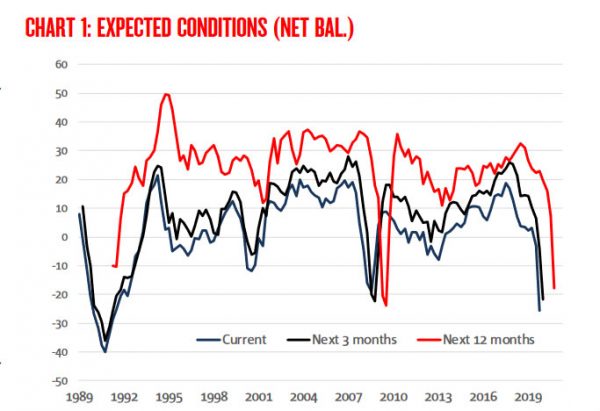
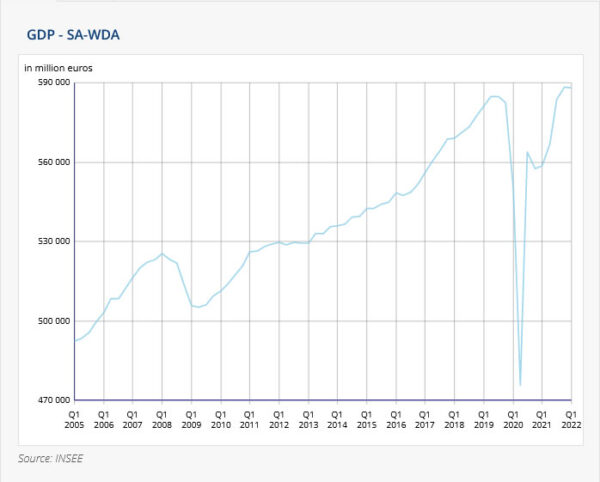
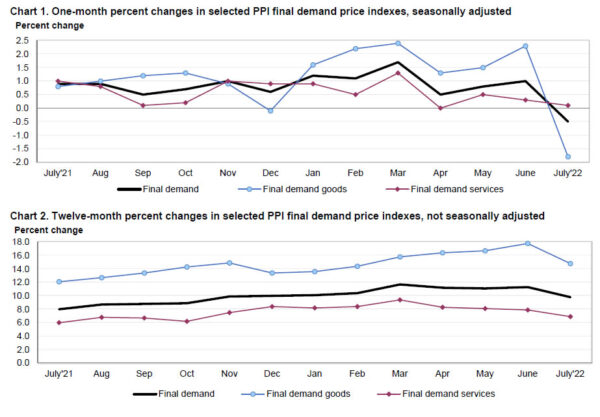
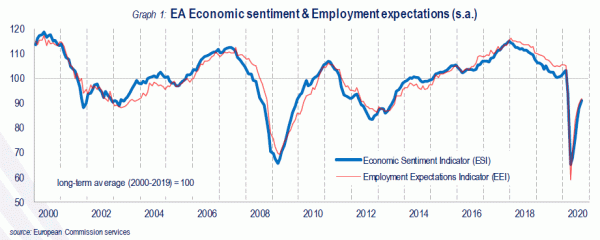
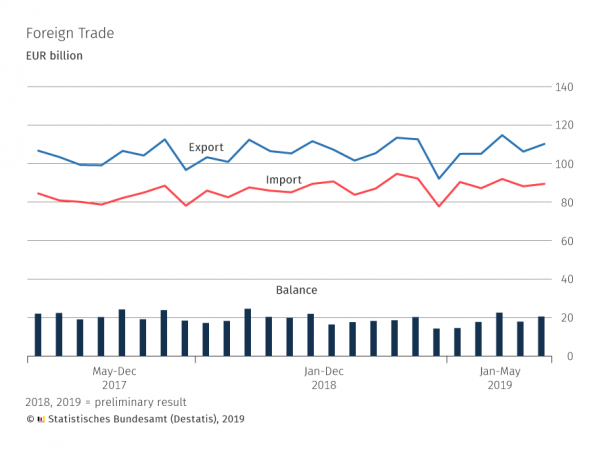
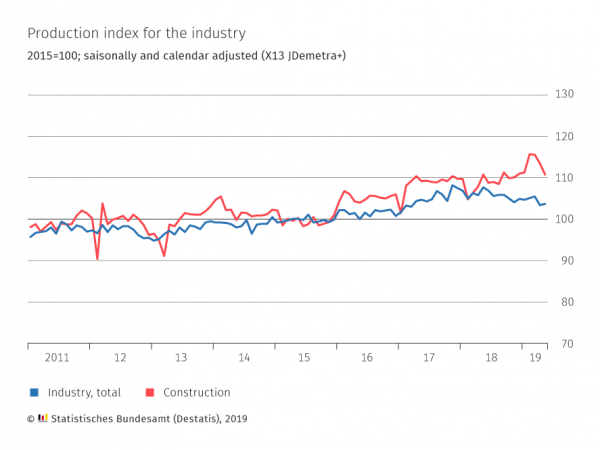
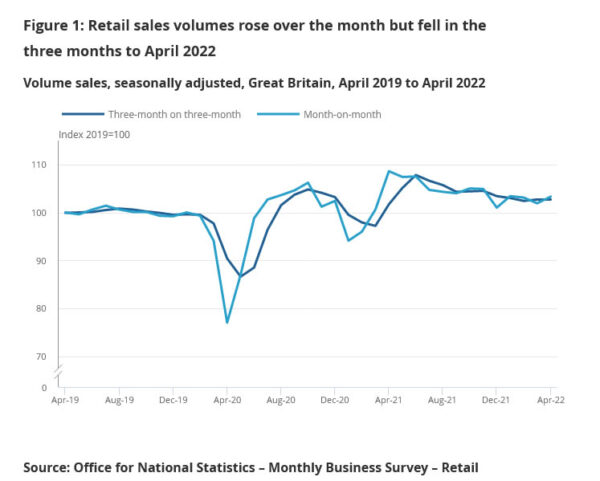
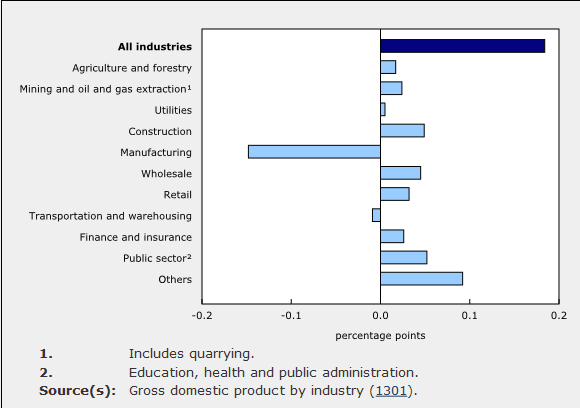
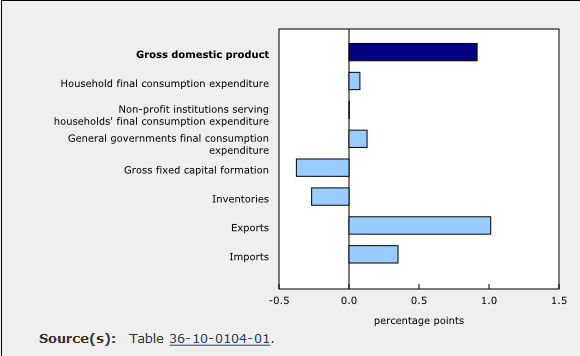


Eurozone CPI finalized at 1.2%, core CPI at 0.8% in May
Eurozone CPI was finalized at 1.2% yoy in May, down from April’s 1.7% yoy. CPI core was finalized at 0.8% yoy, unchanged from April’s figure. EU28 CPI was finalized at 1.6% yoy in May, down from April’s 1.9% yoy.
The lowest annual rates were registered in Cyprus (0.2%), Portugal (0.3%) and Greece (0.6%). The highest annual rates were recorded in Romania (4.4%), Hungary (4.0%) and Latvia (3.5%). Compared with April 2019, annual inflation fell in sixteen Member States, remained stable in five and rose in six.
In May 2019, the highest contribution to the annual euro area inflation rate came from services (0.47%), followed by energy (0.38%), food, alcohol & tobacco (0.29%) and non-energy industrial goods (0.08%).
Full release here.